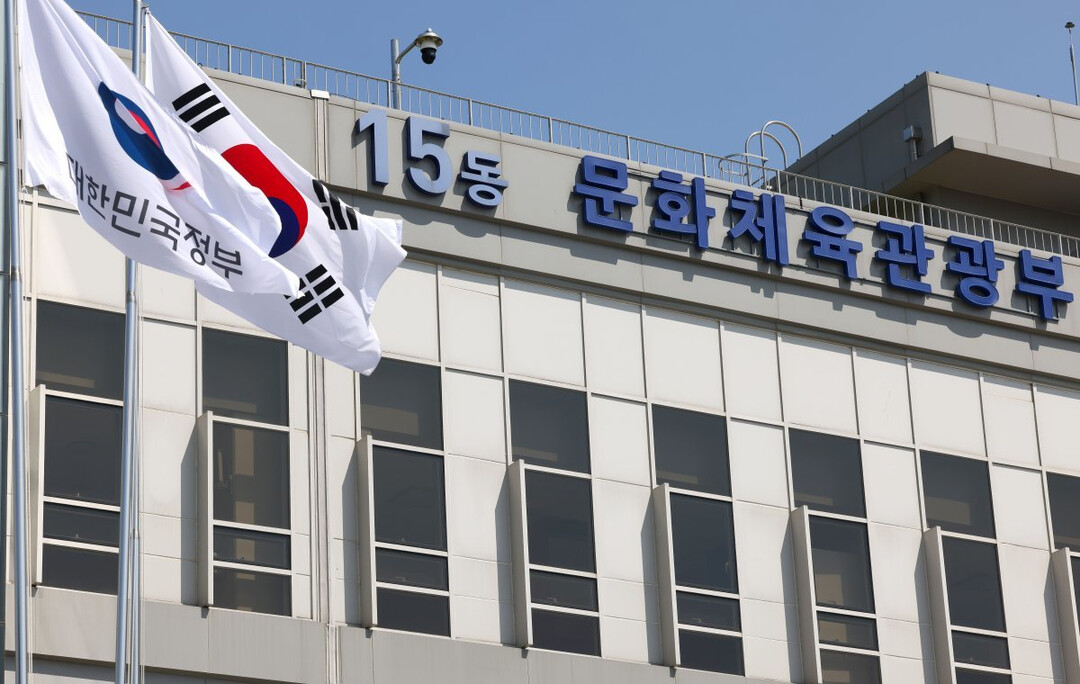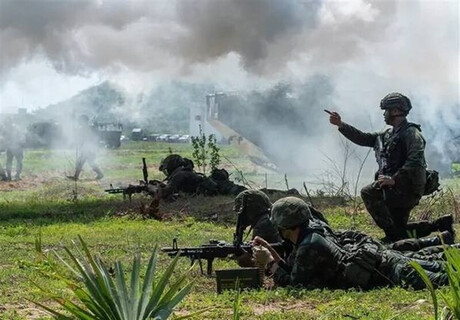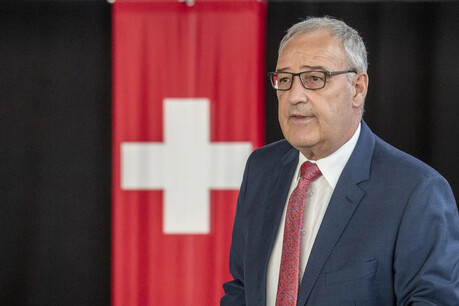
SEJONG, South Korea – The South Korean government is set to embark on an ambitious initiative, pledging an unprecedented ₩51 trillion (approximately $37 billion USD) over the next five years to realize President Lee Jae-myung's vision of transforming the nation into one of the "Five Major Cultural Powers." This monumental investment, spearheaded by the Ministry of Culture, Sports and Tourism (MCST), aims to significantly expand the nation's cultural footprint, boost its creative industries, and enhance the quality of life for its citizens through a comprehensive array of programs.
The plans were reportedly unveiled during an MCST briefing to the Presidential Transition Committee on June 18th at the Government Sejong Convention Center. While the ministry has indicated that specific details regarding budget allocations and the relocation of national arts organizations are still under internal review and not yet finalized, the overarching commitment to cultural expansion is clear.
Aims for K-Culture to Reach ₩300 Trillion Era
A cornerstone of this ambitious plan is the substantial increase in the national culture budget. The MCST aims to elevate its budget from 1.05% of the total government expenditure this year to over 2% by 2030. This translates to a progressive increase in the MCST's budget from an estimated ₩7.0672 trillion (approximately $5.1 billion USD) this year to ₩8.4607 trillion (approximately $6.1 billion USD) next year, ultimately reaching ₩13.7163 trillion (approximately $9.9 billion USD) by 2029. The cumulative investment over the five-year period is projected to be ₩51.3797 trillion (approximately $37 billion USD).
This significant financial injection is intended to achieve several key objectives: expanding the overseas reach of Korean content, boosting exports in related industries, and establishing more hubs for the dissemination of the Hallyu (Korean Wave) phenomenon. The government recognizes the immense economic and soft power potential of K-Culture, which has gained unprecedented global popularity across music (K-pop), dramas, films, and other creative expressions. The "K-Culture ₩300 Trillion Era" goal underscores the aspiration to turn this cultural influence into substantial economic growth.
Strengthening K-Content Creation and Artist Support
A substantial portion of the allocated funds, approximately ₩5.6442 trillion (approximately $4.1 billion USD) over five years, will be dedicated to strengthening state support for the entire creative process of K-content. This includes expanding tax incentives and policy financing to invigorate private investment in the content sector, fostering a more robust ecosystem for creative production. The government aims to reduce financial risks for private entities and encourage more diverse and innovative content creation, from initial concept development to global distribution.
Furthermore, the plan emphasizes enhanced support for cultural and artistic professionals. This includes fostering artistic talent through the nurturing of educational and training members for national arts organizations, as well as developing youth artistic groups. A critical aspect of this support involves establishing a fairer creative environment by introducing standard service fees for performing arts, ensuring that artists receive appropriate compensation for their work. For these initiatives aimed at bolstering cultural and artistic creation, a total of ₩1.0011 trillion (approximately $720 million USD) has been earmarked over five years. Additionally, the humanities will see expanded support in terms of both fields and scale, with an allocation of ₩952 billion (approximately $690 million USD) over the same period. This indicates a recognition of the fundamental role of the humanities in enriching cultural understanding and fostering a more thoughtful society.
Regional Cultural Development and Sports Infrastructure
A key policy objective is to promote regional cultural development and enhance the living cultural environment across the nation. This includes leveraging the arts for regional revitalization, notably through the relocation and expansion of facilities for national arts organizations. As early as next year, the National Opera of Korea and the Seoul Performing Arts Company are slated for relocation to regional areas. Subsequent plans involve moving the National Chorus of Korea, the Korean National Symphony Orchestra, the Korean National Ballet, and the Korea National Contemporary Dance Company. This initiative, first outlined in the MCST's "Cultural Korea 2035" plan released in March, underscores a commitment to decentralize cultural resources and make high-quality artistic experiences more accessible to communities outside the capital region. This not only aims to invigorate local economies but also to foster a more inclusive and diverse cultural landscape nationwide.
The plan also encompasses a robust strategy to strengthen South Korea as a sports powerhouse. The government intends to nearly double the number of public sports centers supported, from an average of 22 to 50 by 2030. Public sports facilities will also undergo renovations and expansions, increasing from an average of 190 to 300 locations. This expansion of the national sports infrastructure for public use will receive an allocation of ₩1.6176 trillion (approximately $1.17 billion USD) over five years. Recognizing the importance of inclusivity, a further ₩658.6 billion (approximately $475 million USD) will be specifically allocated to strengthening the foundation for sports for individuals with disabilities. These investments aim to promote healthier lifestyles, enhance athletic performance, and foster a more active citizenry.
Aiming for Top 10 Global Tourism Destination
In the tourism sector, the government is setting its sights on elevating South Korea into one of the top 10 leading tourism nations globally. This will be achieved by boosting inbound tourism and innovating the tourism export industry, thereby invigorating both the national and regional economies. The strategy includes diversifying tourism offerings beyond traditional attractions, promoting niche tourism segments, and improving the overall visitor experience. This comprehensive approach reflects a recognition of tourism's significant contribution to economic growth, job creation, and the enhancement of national image. Initiatives likely include targeted marketing campaigns in key international markets, development of new tourism products, and investment in tourism infrastructure suchals transportation and accommodation. The overarching goal is to leverage Korea's unique cultural heritage, vibrant modern culture, and natural beauty to attract a wider international audience and solidify its position as a premier global travel destination.
[Copyright (c) Global Economic Times. All Rights Reserved.]






























